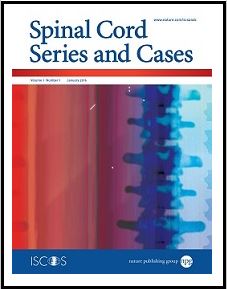
“While the US has been experiencing an opioid epidemic, 29 states and Washington DC have legalized cannabis for medical use. This study examined whether statewide medical cannabis legalization was associated with reduction in opioids received by Medicaid enrollees.
FINDINGS:
For Schedule III opioid prescriptions, medical cannabis legalization was associated with a 29.6% (p=0.03) reduction in number of prescriptions, 29.9% (p=0.02) reduction in dosage, and 28.8% (p=0.04) reduction in related Medicaid spending. No evidence was found to support the associations between medical cannabis legalization and Schedule II opioid prescriptions. Permitting medical cannabis dispensaries was not associated with Schedule II or Schedule III opioid prescriptions after controlling for medical cannabis legalization. It was estimated that, if all the states had legalized medical cannabis by 2014, Medicaid annual spending on opioid prescriptions would be reduced by 17.8 million dollars.
CONCLUSION:
Statewide medical cannabis legalization appears to have been associated with reductions in both prescriptions and dosages of Schedule III (but not Schedule II) opioids received by Medicaid enrollees in the US.”
https://www.ncbi.nlm.nih.gov/pubmed/29989239
https://onlinelibrary.wiley.com/doi/abs/10.1111/add.14382









